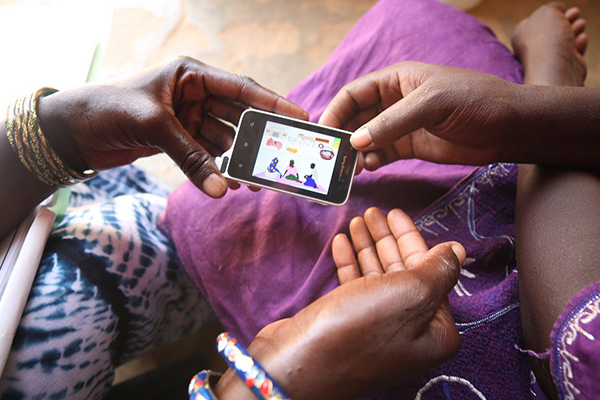 How can ICT4D improve healthcare in developing countries?
How can ICT4D improve healthcare in developing countries?
There are many ways in which ICT4D (Information and Communication Technologies for Development) can improve healthcare in developing countries. Some examples include:
- Telemedicine: ICTs can be used to connect healthcare providers in remote or underserved areas with specialists in urban centers, allowing for the delivery of high-quality medical care to people who might otherwise not have access to it.
- Health information systems: ICTs can be used to create and maintain electronic health records, which can improve the accuracy and efficiency of healthcare delivery and reduce the risk of medical errors.
- Disease surveillance and outbreak response: ICTs can be used to track and monitor the spread of diseases, allowing for more effective and timely responses to outbreaks.
- Public health campaigns: ICTs can be used to deliver health education and information to large populations through social media, mobile apps, and other digital platforms, helping to raise awareness about health issues and promote healthy behaviors.
- Supply chain management: ICTs can be used to improve the management of medical supplies, ensuring that they are delivered to the right place at the right time, and helping to prevent shortages and wastage.
Overall, the use of ICTs in healthcare can help to improve access to care, quality of care, and the efficiency of healthcare delivery in developing countries, ultimately leading to better health outcomes for the populations served.
Read More About ICT4D in Healthcare Below
4 Ways We Overcame ICT4D Pilotitis in Vietnam
We all know the dangers of “pilotitis” in the ICT4D and mHealth space. The potential for new ideas and innovations is seemingly limitless, but challenges arise...
How to Help Community-Based mHealth Programs Collect High-Quality Data
As health programs are relying more on decentralized models of care, mHealth has made it easier to collect, manage and store community-level health data. This data...
The Potential for Mobile Money to Improve Government Salary Payments in Liberia
Meet Kou, a health worker in rural Nimba County, Liberia. During the Ebola crisis, Kou took action to combat the disease, going door-to-door in her community to...
How We Fought Ebola with Information
In December 2013, a little-known viral hemorrhagic fever in West Africa was detected in a forest region of Guinea. It was soon confirmed to be Ebola Virus Disease,...
Register Now to Learn How to Use Mobile Phones for Public Health
In 2016, the number of global mobile subscriptions reached 8.5 billion — more than the number of people on this earth – yet at the same time, health systems...
4 Reasons for Large Scale SMS Text Surveys in Developing Countries
We know that SMS is a cheap, convenient, easy to adapt and automate, and non-intrusive way to collect data. But compared to face to face or phone interviews, text...
9 Considerations for Seamless Mobile MERL Solutions
With mHealth a fast growing component of health delivery systems, many organisations are developing mobile and digital solutions to tackle health problems around...
Getting Better, Faster Feedback with Mixed Methods in mHealth
There are several projects that use mobile multimedia for health education in hard-to-reach rural settings, where video, being non-textual, enables the educational...
Pop Quiz: What Is the Difference Between mHealth, mEducation, and mAgriculture?
I do hate sectoritis – the innate desire of development actors to isolate into health, education, agriculture, civil society, and all the other sector silos...
Open Deliver: A Process for Managing Educational Digital Content
At its most fundamental level, the role of mobile technology within health systems should be to improve access to and sharing of valid health information....











